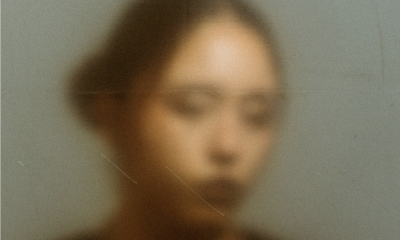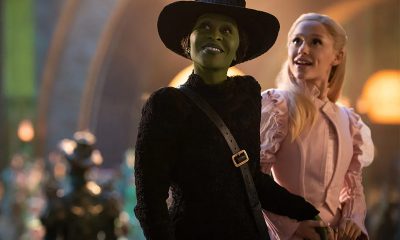Arts & Entertainment
‘Orange is the New Black’ back with riveting final season
Hit Netflix show changed TV forever in multiple ways

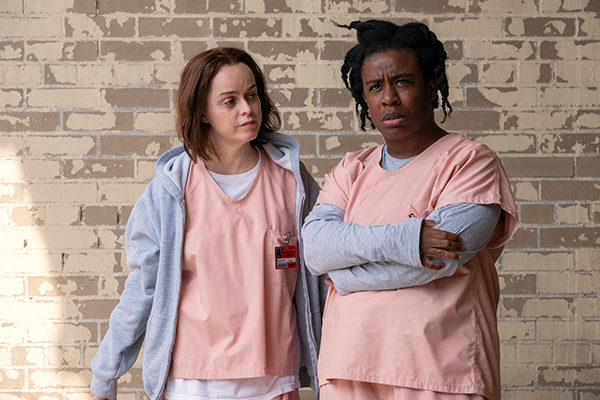
Sometimes the hype is true. When the first 13 episodes of “Orange Is the New Black” dropped on July 11, 2013, it changed the way Americans watched television and the role of women in the broadcast industry, both onscreen and behind the cameras.
Now that the seventh and final season has dropped, it’s time to look back on the tremendous impact the series has had and take a spoiler-free look at the “Beginning of the End” as episode one of the last season is titled.
When the series launched, Netflix was a fledgling streaming service best known for shipping DVDs to your home in red envelopes. With the critical and popular success of “Orange,” Netflix became a major Hollywood player producing television series and eventually movies that earned nominations and trophies from such prestigious organizations as GLAAD, GALECA, the Golden Globes, the Emmys and more.
The show also helped to popularize the concept of “binge watching.” Fans spent entire weekends watching every episode of the first season and the way we watched television began to change.
“Orange” also broke new ground with its realistic portrayal of life in a women’s prison and its treatment of serious social issues. Over the course of the first six seasons, the show explored mass incarceration and the rise of the private prison industry; the tension between punishment and rehabilitation; staff corruption and guard brutality; prison overcrowding and funding cuts; substance abuse; violence against women; the terrible impact of solitary confinement; white privilege, white supremacy, institutionalized racism and the Black Lives Matter movement; and the #MeToo Movement.
In season seven, series creator Jenji Kohan takes on a new issue: the inhumane brutality of ICE detention centers. The detention center is run by the same corporation that runs the prison, but conditions there are even worse. The detainees have even fewer rights than the prisoners and limited contact with friends and family. As one detainee realizes, “nobody knows where we are.”
“Orange” also made great strides in the employment and representation of women in television. The casting of trans actress Laverne Cox as inmate Sophia Burset was a historic move that made Cox into a star and an important trans spokesperson. The casting of comedian Lea DeLaria as Carrie “Big Boo” Black was a milestone in the representation of butch lesbians, especially when she brandished a dildo on screen.
Overall, the cast included a rich spectrum of women of different races and ethnicities, sexual orientations and gender identities, ages, socio-economic classes and cognitive abilities. The show also explored a wide variety of life-affirming sexual and platonic relationships between women and celebrated the power of female resilience.
In addition, Kohan also emphasized hiring women to write and direct many of the episodes (several of the shows in later season were directed by cast members). The writing throughout the series was first-rate. Kohan and company craftily used flashbacks to fill in character backstories (and to move the action outside of the prison walls). They also effectively used a delicious dark sense of gallows humor to help lighten the heavy material. The direction was smooth and assured, gliding effortlessly between the various characters and plotlines.
Long-term fans of the show will have no trouble gliding into season seven, which picks up where season six ended. Piper Chapman (Taylor Schilling) has been released on parole but remains in a long-distance relationship with inmate Alex Vause (Laura Prepon). She’s living with her New Age brother Cal (the very funny Michael Chernus) and is having trouble paying for her monitoring devices while working a dead-end job.
With the help of “Pennsatucky” (Taryn Manning), Suzanne “Crazy Eyes” Warren (the dazzling Uzo Aduba) tries to reconcile with her old friends Cindy “Black Cindy” Hayes (Adrienne C. Moore) and Tasha “Taystee” Jefferson (Danielle Brooks). Gloria Mendoza (Selenis Leyva) and Galina “Red” Reznikov (the magnificent Kate Mulgrew) find themselves working in a different kitchen facility.
There’s also lots of turnover and turmoil with the prison staff and their families.
Finally, fan favorites Diane Guerrero (as Maritza Ramos) and Laura Gómez (as Blanca Flores) return as former inmates who are detained during an ICE raid.
If you didn’t watch the first six seasons (and don’t have time to binge-watch over 80 hours of previous episodes) can you start “Orange Is the New Black” midstream? The answer is a resounding yes. The large cast and overlapping plot lines an be daunting at first but it’s easy to read up on the backstory online.
For fans old and new, the seventh and final season of this ground-breaking series is well worth watching. The show digs deeply into some of the most troubling issues of these turbulent times and asks difficult questions that we all must grapple with.
As Suzanne asks, “Do I deserve to be here?” Or, as Gloria and Red discuss, “How do we get back to who we were before?”
a&e features
Local, last-minute holiday gift ideas
Celebrate the season while supporting area businesses

The DowntownDC Holiday Market is bustling. Union Station is decked out with its annual Christmas tree. Washingtonians have wrapped their houses and apartment balconies with festive lights and holiday decorations. The holiday season is here. And with stockings to fill and empty space under the tree, Washington’s local shops and artists have plenty to offer.
Show your LGBTQ and D.C. pride with the Washington Blade’s annual holiday gift guide.
To embrace the holiday buzz: The Blanco Nwèl cocktail from Alchy Cocktails. This Caribbean eggnog is one of Alchy Cocktail’s seasonal holiday cocktails. The flavor profile is similar to coquito, a traditional Puerto Rican Christmas drink with a coconut base. As a queer and Caribbean-owned business, Alchy Cocktails has been based out of Washington since 2021. Blanco Nwèl is available in both cocktail ($24) and mocktail ($12) online and at a variety of holiday markets, including the Tingey Plaza Holiday Market, the Flea Market at Eastern Market, Union Station’s Main Hall Holiday Market, and more. ($24)
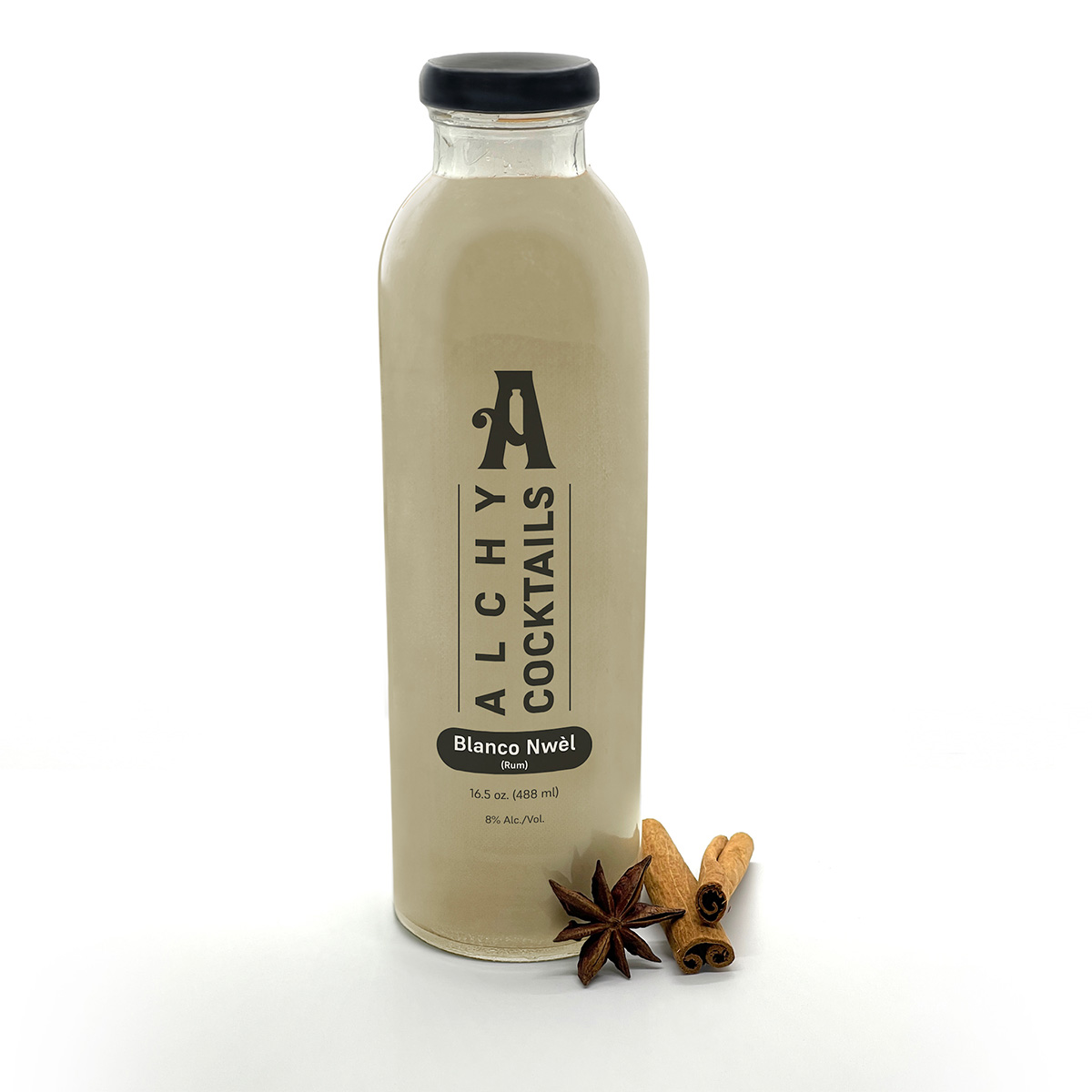
A spicy bite: Gordy’s Cajun Okra from Salt and Sundry. These spicy, tangy pickles pull on Southern Cajun-style flavors, packing a punch with paprika, cayenne, and more. Gordy’s is an LGBTQ-owned and Washington-based brand, making this gift an opportunity to support a local LGBTQ business straight from the jar. This pantry staple is available on Salt & Sundry’s website and at its locations in Union Market, Logan Circle, and its Georgetown holiday pop-up store. ($14)


To celebrate Washington pride: The DC Landmark Tote Bag from The Neighborgoods. Native Washingtonians, visitors, friends and family alike will find something to love about this Washington-themed tote bag. Food trucks, the 9:30 Club, the Metro logo and pandas from the National Zoo are just some of the city’s landmarks depicted across the tote in a red, white, and blue color palette. The tote is a part of the DC Landmarks collection, which donates 10 percent of its sales to the American Civil Liberties Union. The Neighborgoods itself is a local, woman-owned business built out of a passion for screen-printing in 2013. The 100 percent cotton canvas tote is for sale online or at the DowntownDC Holiday Market. ($22)
To give friends and family their flowers: The Flowers Bandana from All Very Goods. This 100 percent cotton bandana was designed in Washington and hand printed in India. Its uniqueness comes in being covered with the faces of Black women, representing a “love letter to all women but especially Black women,” according to All Very Goods. The Black woman-owned and operated business, based out of Northwest Washington, has a mission to celebrate diversity and representation through its products. The bandana intends to give Black women their “flowers.” The Flowers bandana is available for purchase online. ($24)
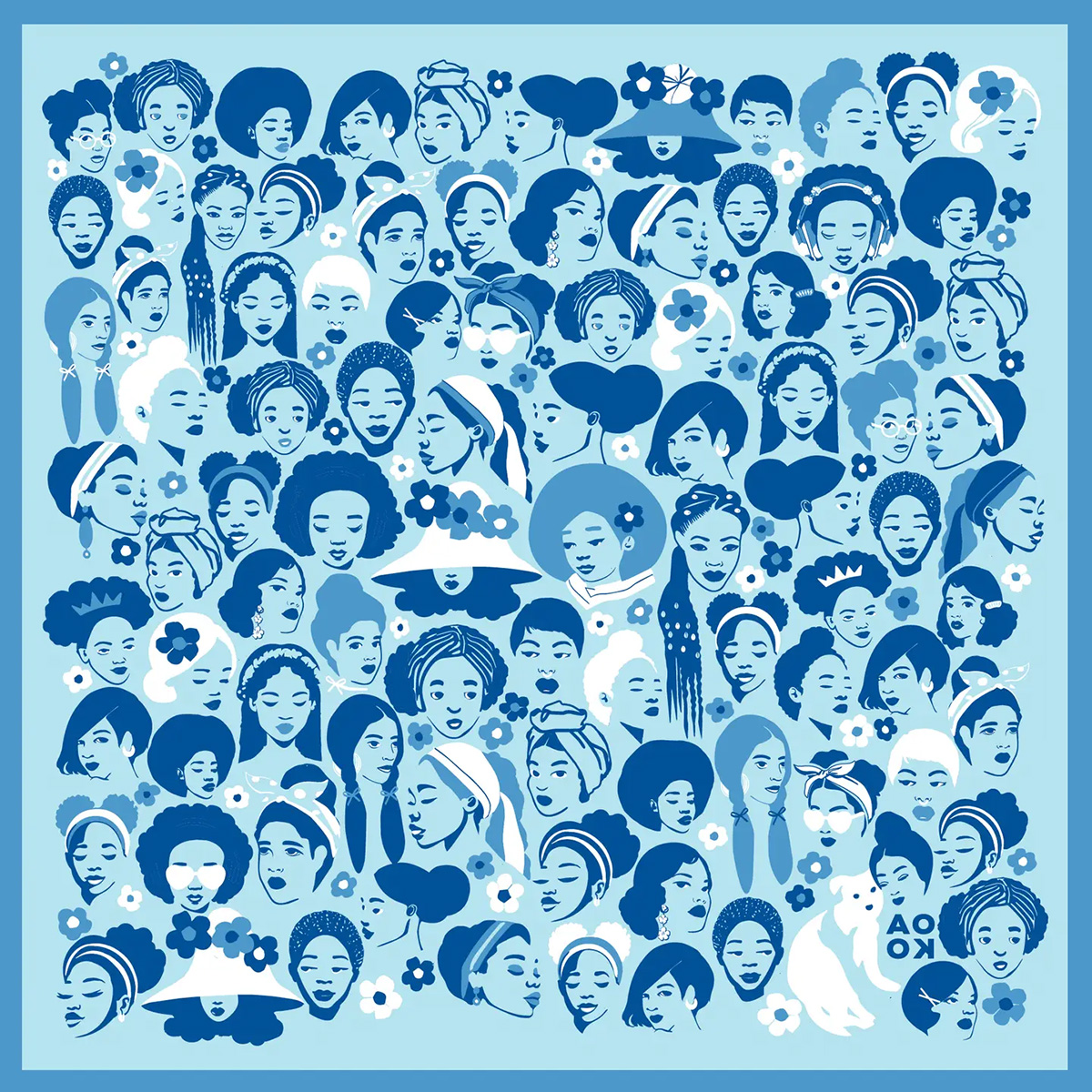
To unlock culinary creativity: The Curious Chef Gift Collection from Each Peach Market. This customizable collection of kitchen oddities — ranging from tinned fish to chili oil — is a quirky gift for the most inventive chefs. The collection is available in a Standard Santa, Extra Goodies and Super Holiday Size for up to $165. The Washington-based market, founded in 2013, permits customers to make the collection special by specifying what unique ingredients are packaged, including products made by local or LGBTQ brands. Each Peach Market offers assembly and pick up in-person at its Mount Pleasant shop and also offers local delivery and nationwide shipping via its website. ($85)

To give a touch of sweetness: The DC Landmark Chocolate Covered Oreo Holiday Cookies from Capital Candy Jar. Wrapped in a festive red bow, this box of nine cookies embraces love for Washington and the holiday season in one. Among the dark and milk chocolate covered cookies are images of the U.S. Capitol, the White House, the Lincoln Memorial, the Jefferson Memorial and festive hollies. The treat, packaged in a Hill East facility just a few blocks from the Capitol, is available for purchase online and at the DowntownDC Holiday Market. ($23.95)


To celebrate queer gaming: Thirsty Sword Lesbians from Labyrinth Games & Puzzles. This roleplaying game embraces lesbian culture by unlocking a world of swords, romance, and battle. Ideal for group settings, the book presents a system of world building and character identities that are best brought to life by creative minds. Labyrinth, which has been a local Washington business for more than 15 years, celebrates non-digital fun through games and puzzles that connect the community. This gift is offered online and at Labyrinth’s Capitol Hill location. ($29.99)
To make a bold statement: The “Resist” T-shirt from Propper Topper. This locally screen-printed black tee features the Washington flag designed within a raised fist, symbolizing both Washington pride, and political resistance. The shirt is made exclusively by Propper Topper, a local Washington business that evolved from a hat shop to a gift store since opening in 1990. The tri-blend unisex shirt is available both for pickup at Propper Topper’s Cathedral Heights location and shipping via the online site. ($32)
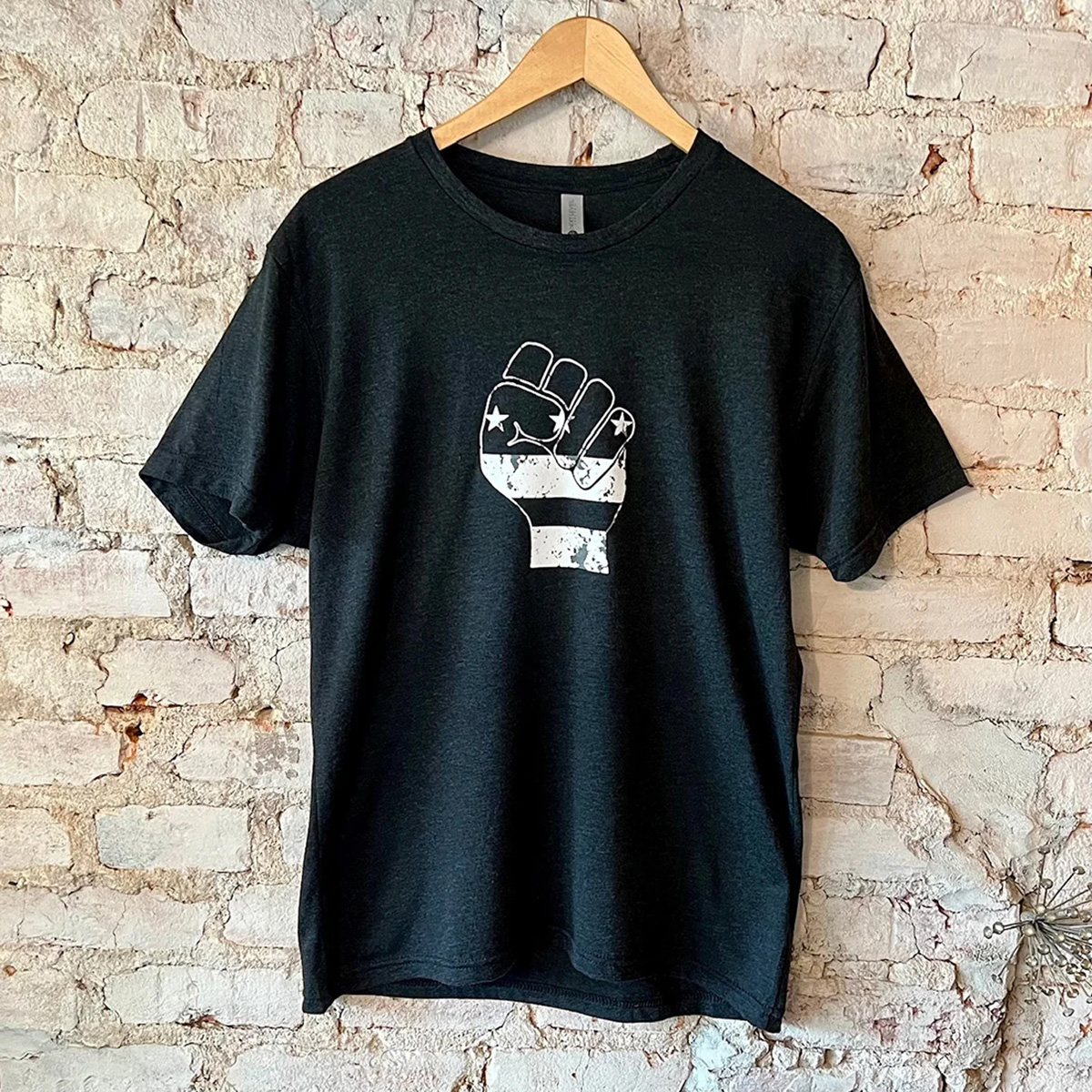
To keep it c(g)lassy: The Glass Ball earrings from Blue Moon Aquarius. Gifting can rarely go wrong when it comes to a new pair of earrings. The unique statement earrings — made of polymer clay, glass, and 18k gold plating over surgical steel — are hand cut, sanded and assembled in Washington, meaning each set is unique. Blue Moon Aquarius, a local brand, is known for its small batch jewelry and home decor designed with clay materials. Available in oxblood, hunter green, lavender, and bluestone color palettes, these earrings are available for purchase on Blue Moon Aquarius’ website and at the DowntownDC Holiday Market. ($48)
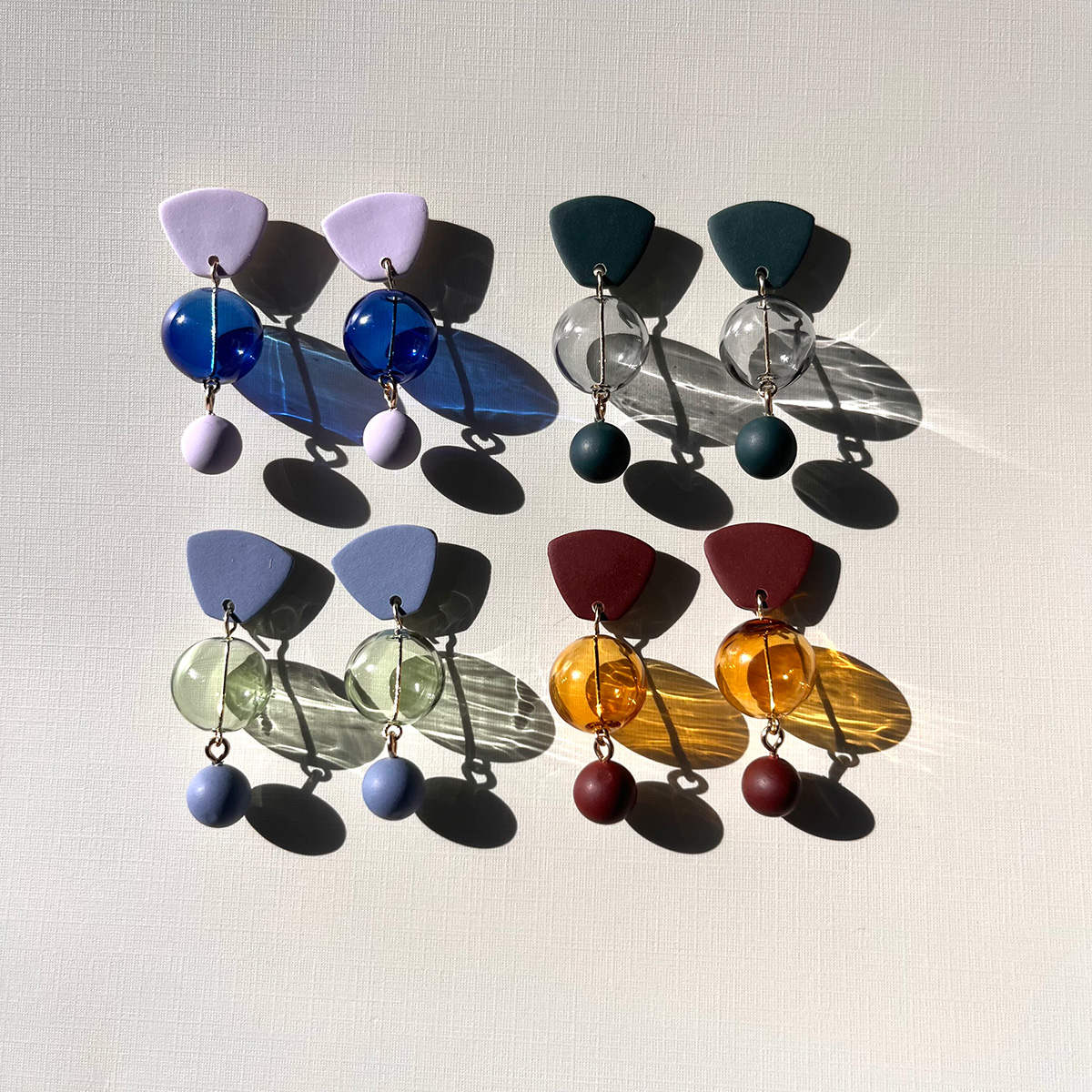
To elevate a holiday tea or charcuterie party: The Honey Flight: Tea Lover’s Selection from BannerBee. This local honey company presents the ideal gift to make cozying up with a cup of tea slightly more special. The Honey Flight contains three types of raw wildflower honey infused with fair trade Ugandan vanilla bean, chai spices, and locally sourced lemon thyme herb. The gift is also an opportunity to uplift a family company based in the Mid-Atlantic that offers all-natural, sustainable products. The flight is available online, at the DowntownDC Holiday Market or at the Arlington Courthouse and Dupont Farmers’ Markets. ($36)

For Baltimore shoppers: If you’re in Charm City, don’t miss Balston Mercantile, opened by a gay couple in June. Their gorgeous shop in the Hampden neighborhood offers an array of unique, upscale finds, from barware and artwork to cookbooks and home decor and more. (849 W. 36th St.)
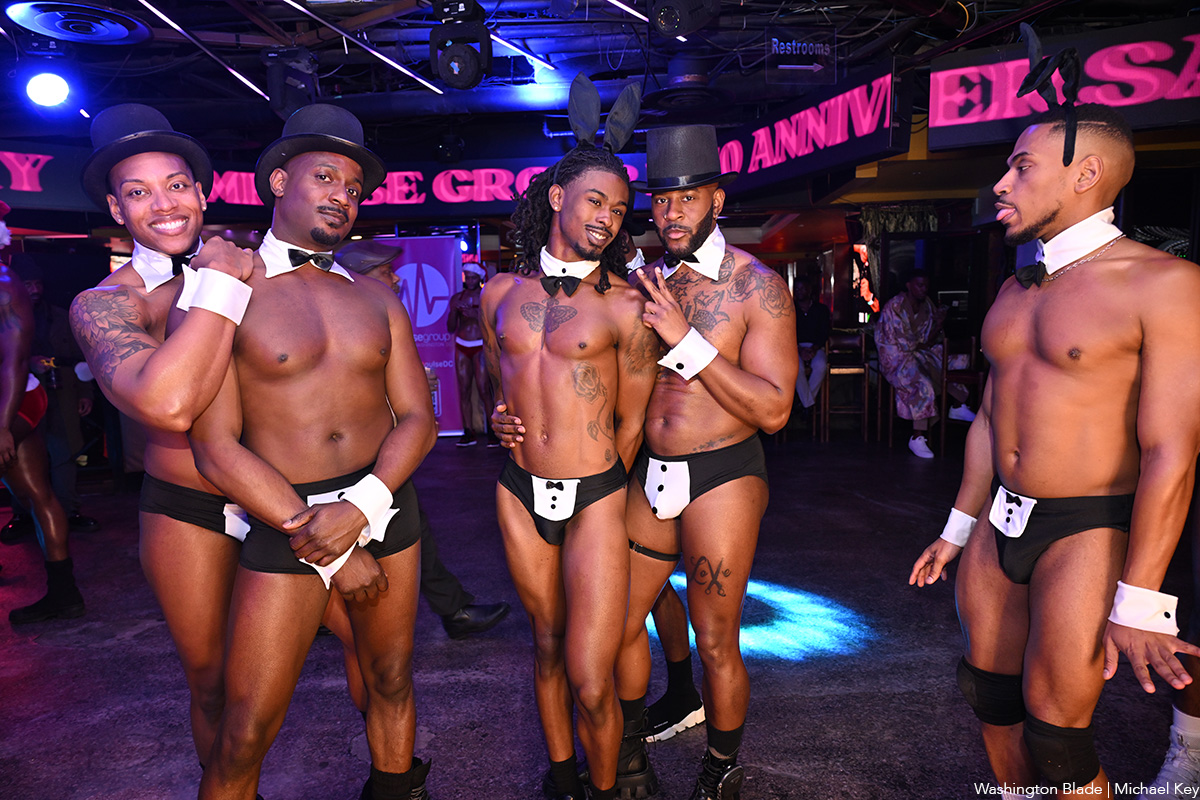
Impulse Group DC held “10’s Across the Board: A Celebration of 10 Years” at Bravo Bravo (1001 Connecticut Ave., N.W.) on Sunday, Dec. 14. Impulse Group DC is a volunteer-led 501(c)(3) and affinity group of AIDS Healthcare Foundation dedicated “to engaging, supporting, and connecting gay men” through culturally relevant health and advocacy work.
(Washington Blade photos by Michael Key)

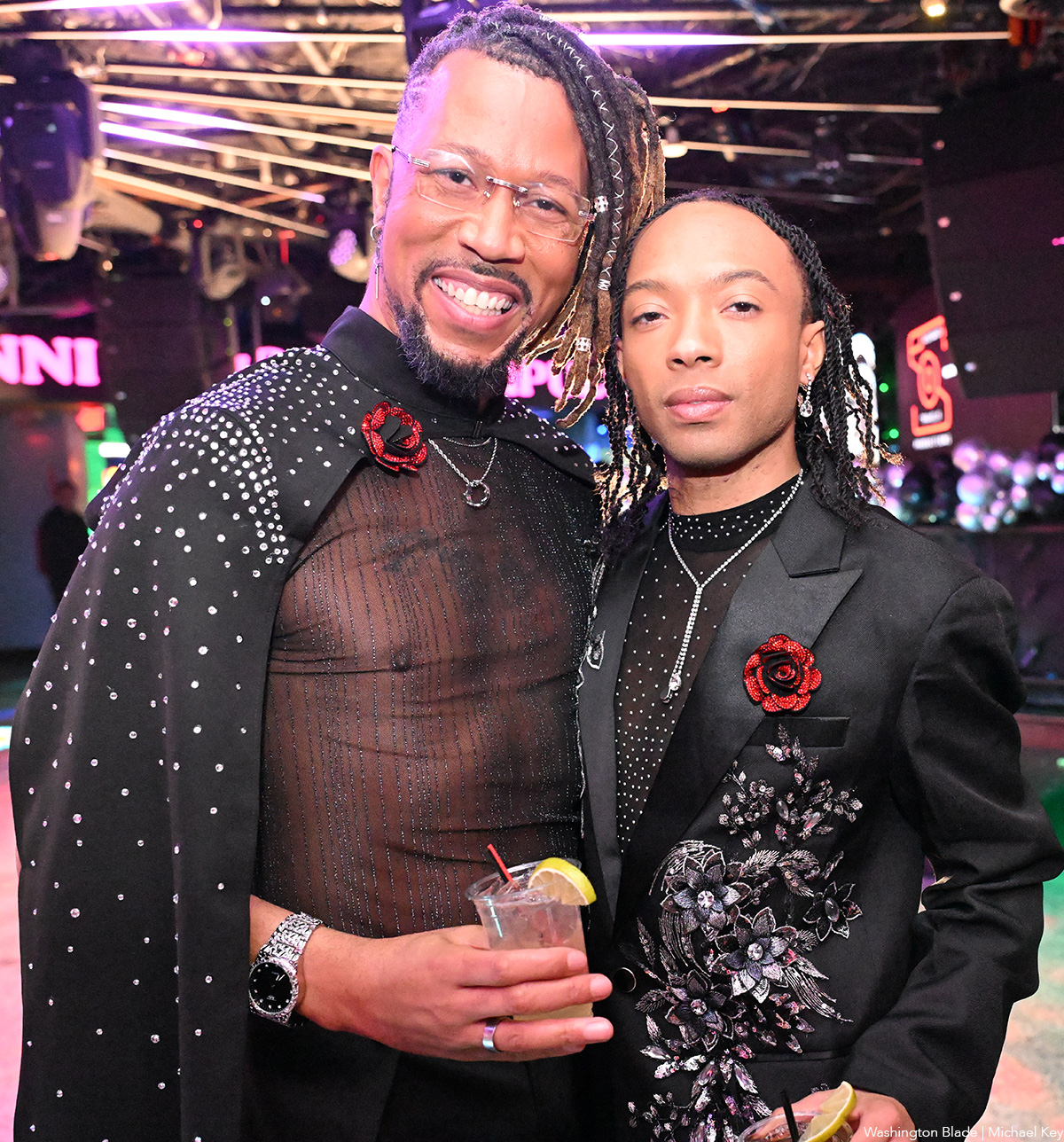
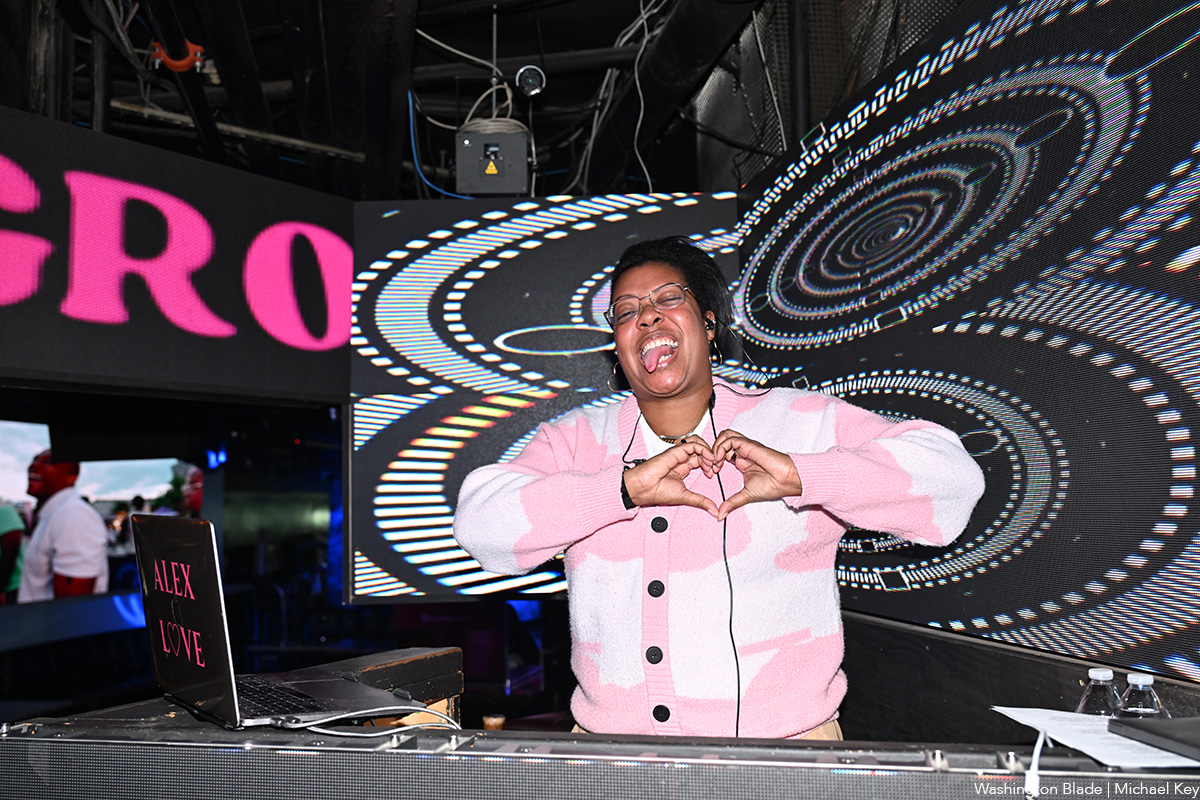
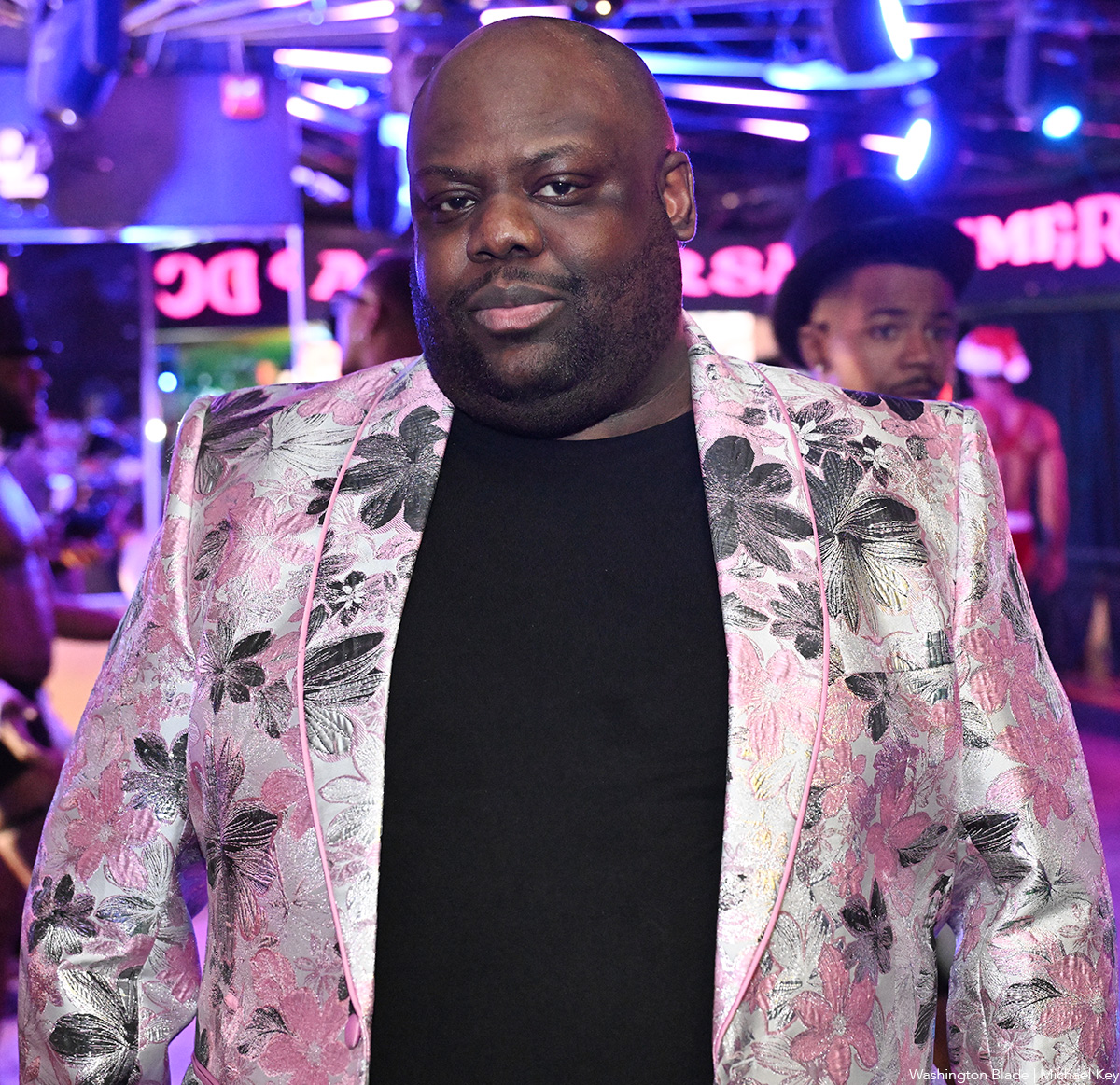
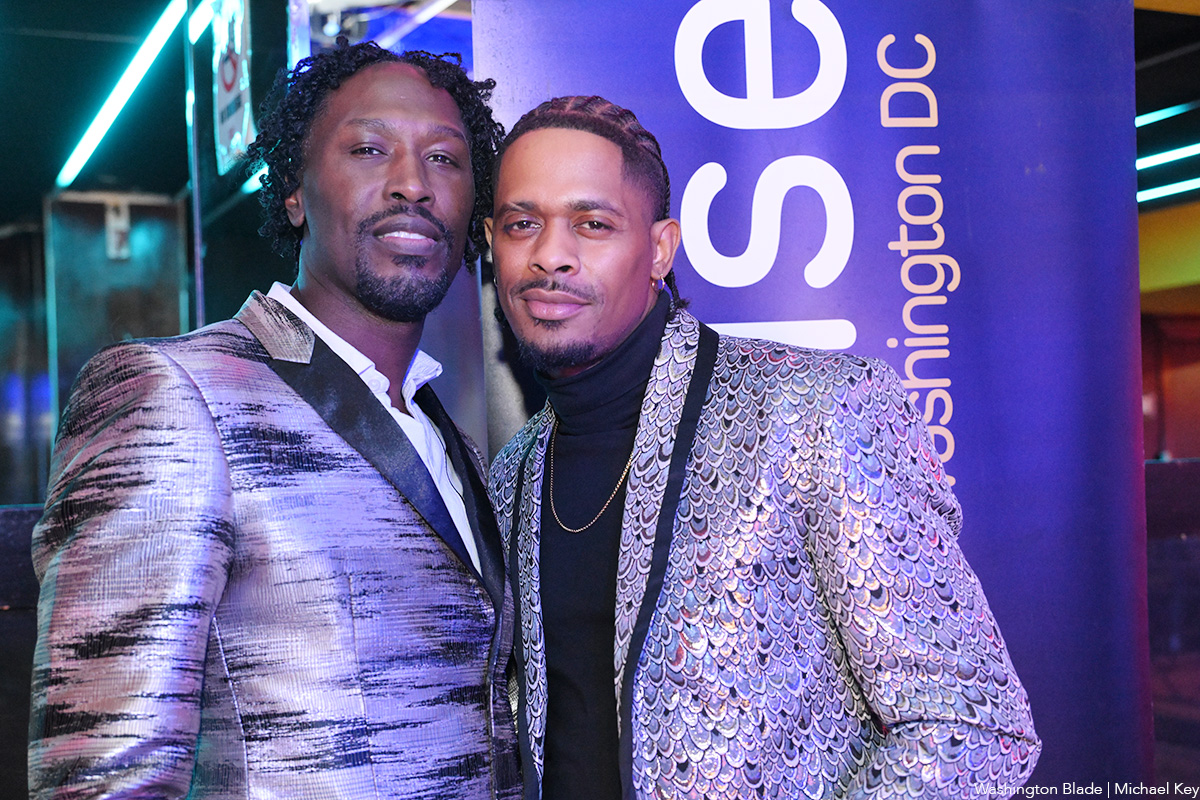
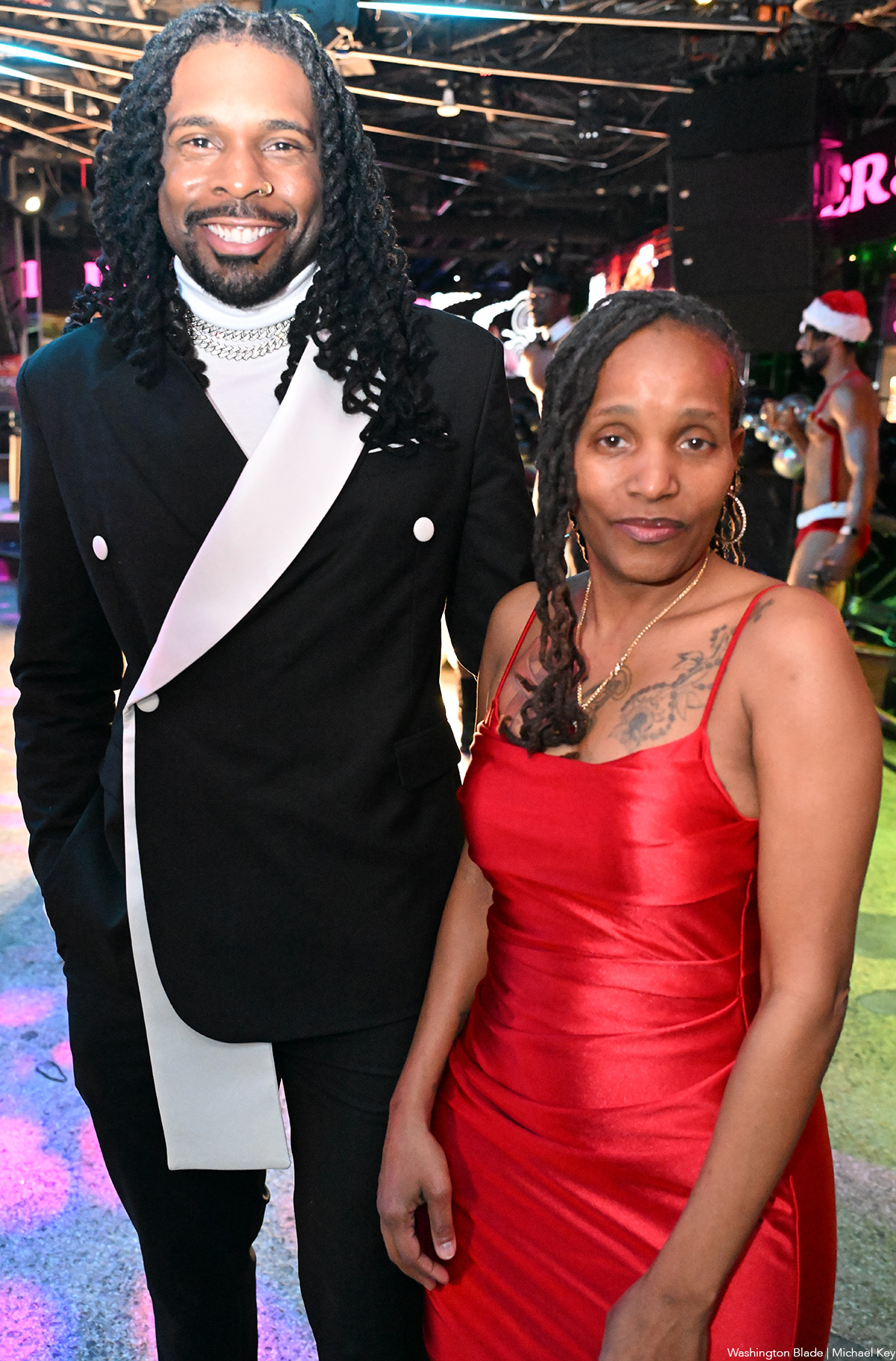
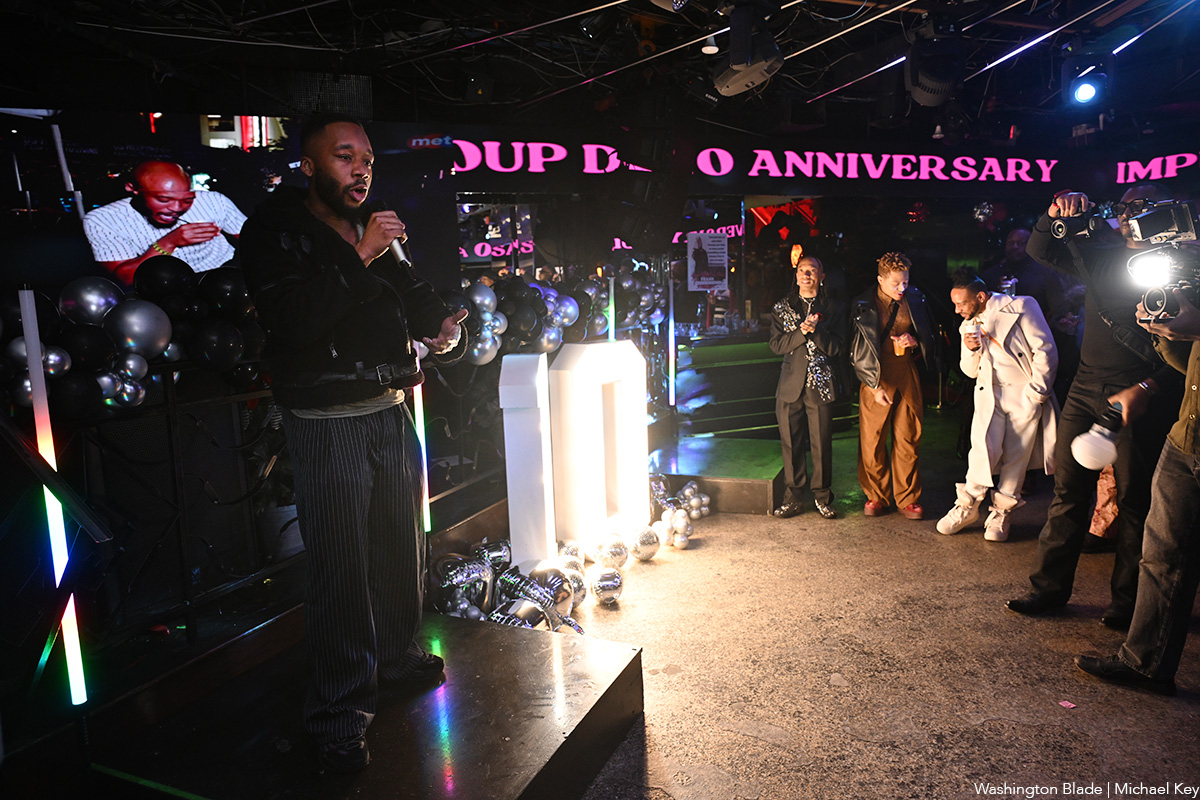
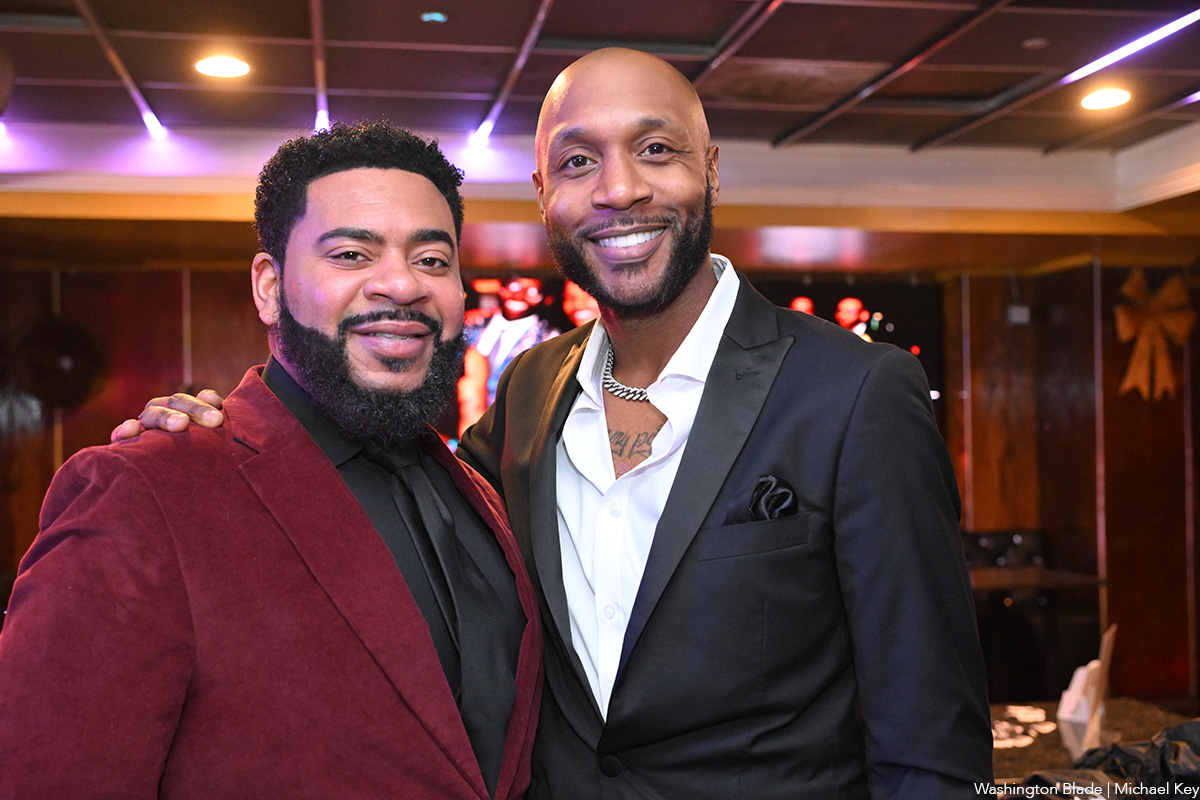
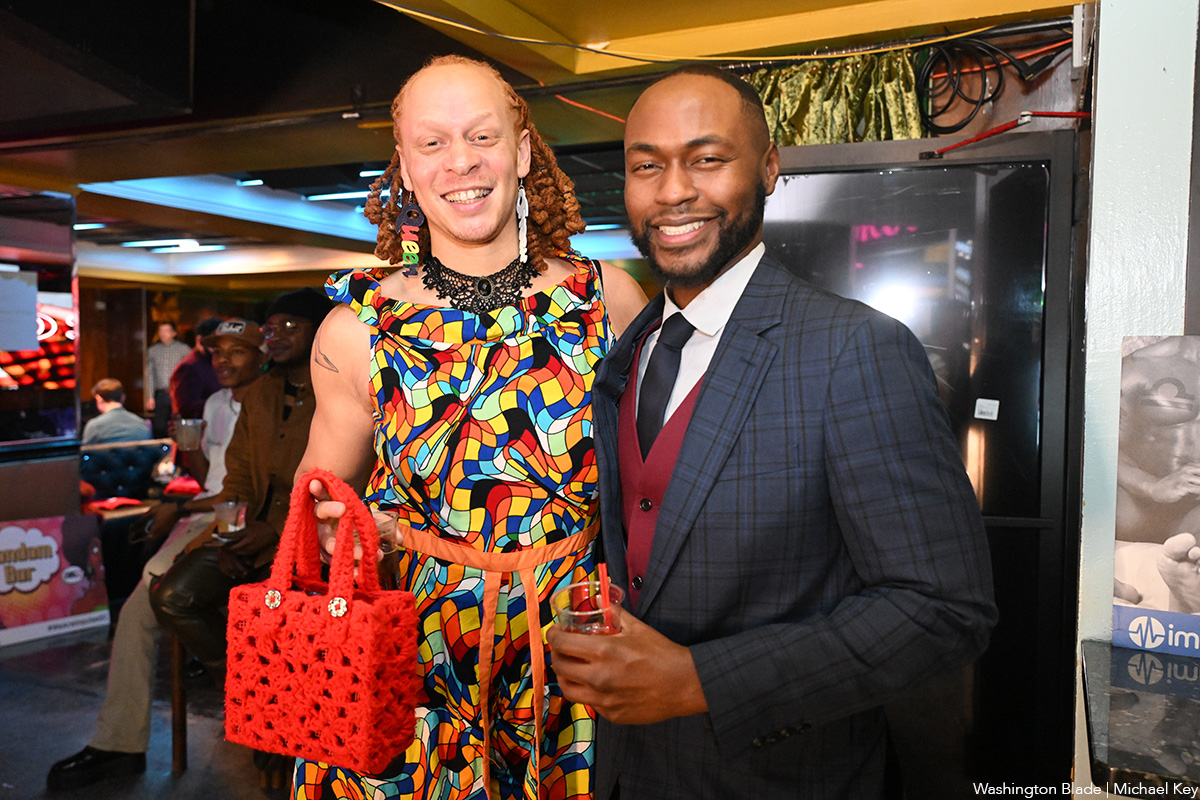
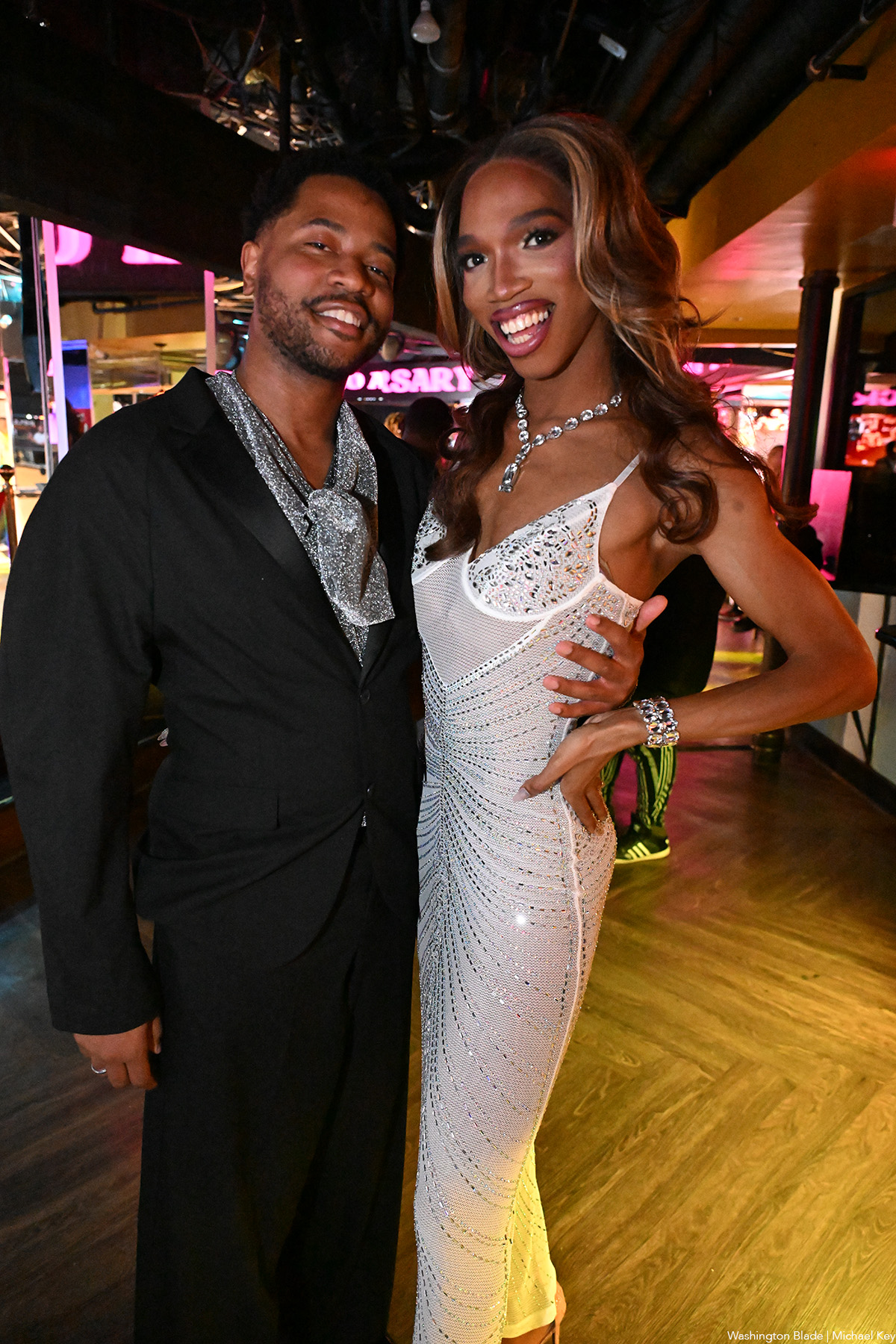
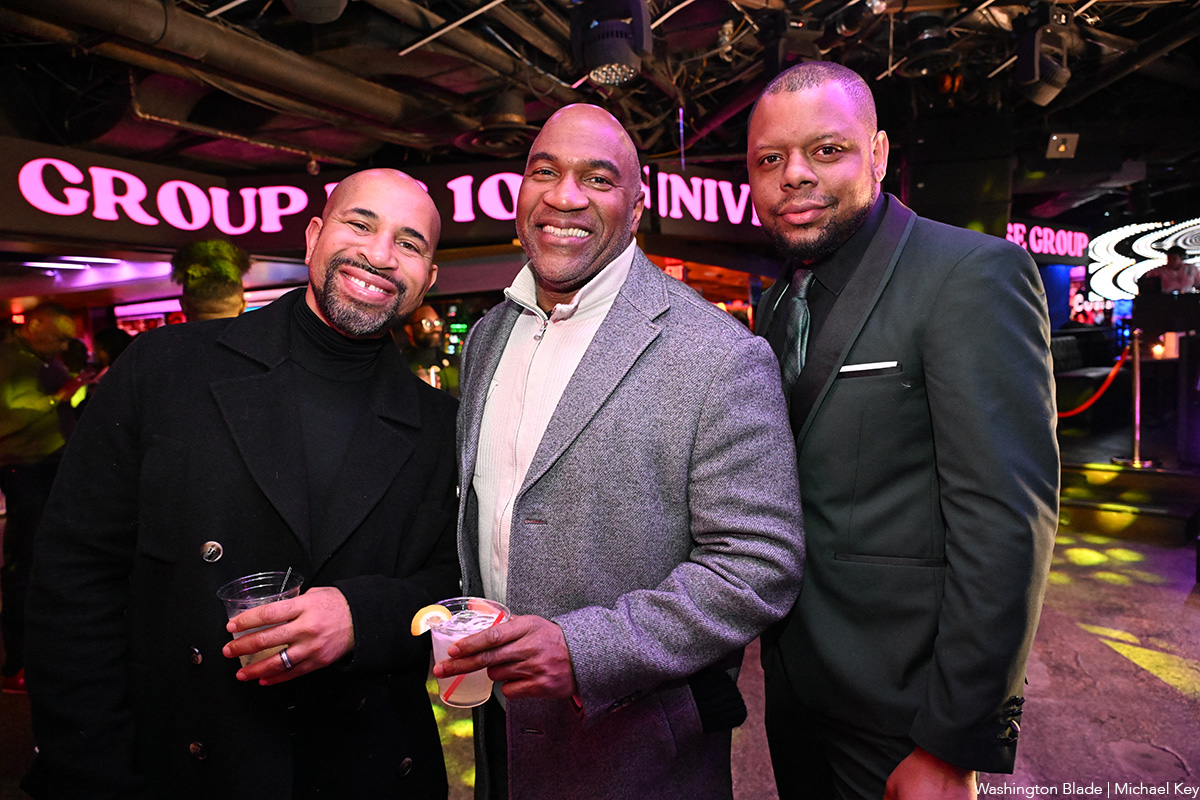
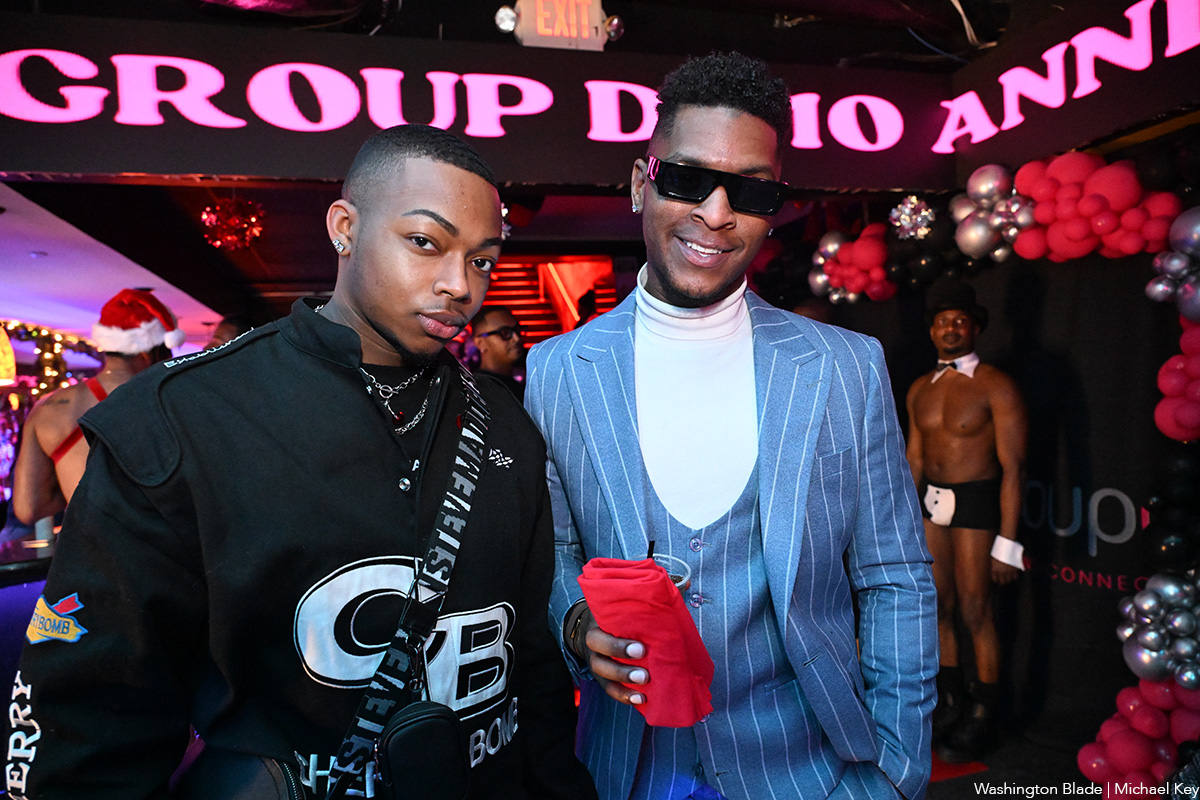
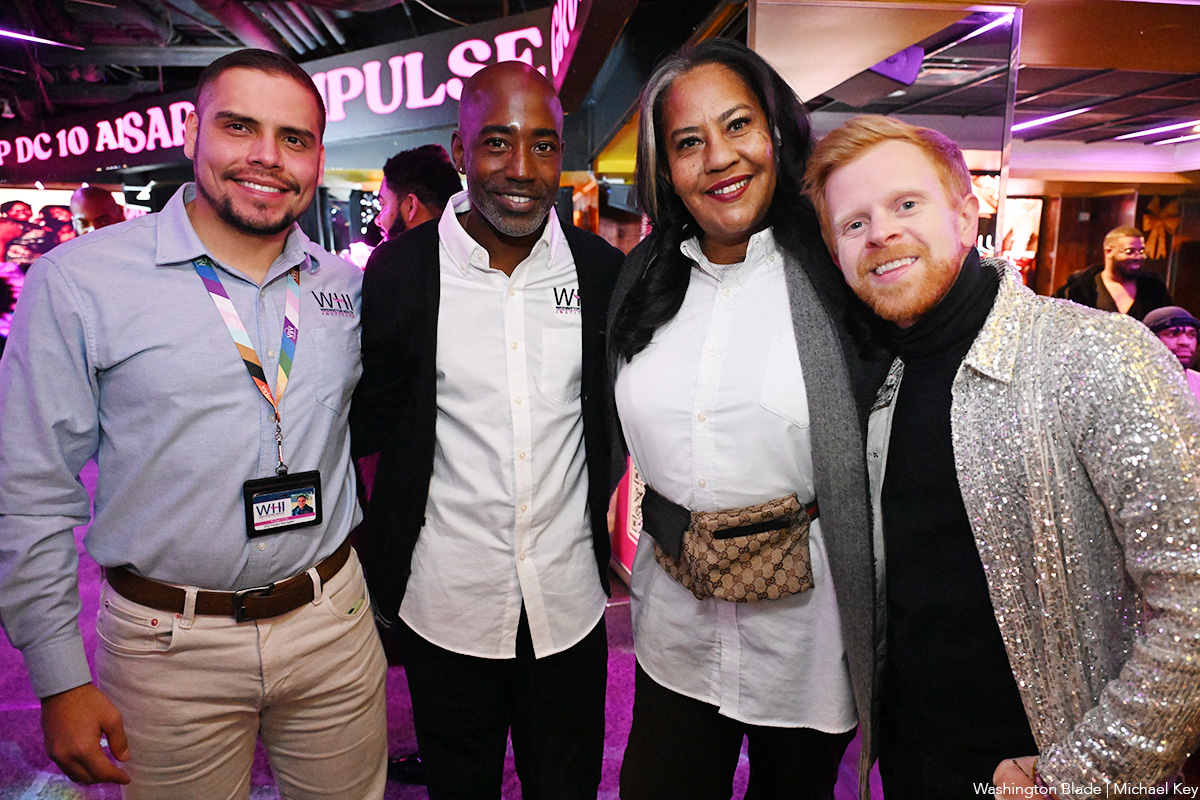

Rob Reiner, most known for directing untouchable classics like “The Princess Bride,” “Misery,” “When Harry Met Sally…,” and “Stand by Me,” died Dec. 14 alongside his wife, Michele Singer Reiner, in their Los Angeles residence. While investigations are actively underway, sources have told PEOPLE Magazine that the pair’s son, Nick Reiner, killed his parents and has been taken into custody.
Reiner was a master of every genre, from the romantic comedy to the psychological thriller to the coming-of-age buddy movie. But in addition to his renowned work that made him a household name, Reiner is also remembered as a true advocate for the LGBTQ community. In 2009, Reiner and his wife co-founded the American Foundation for Equal Rights, helping fight against California’s Prop 8 same-sex marriage ban. They were honored at the 2015 Human Rights Campaign Las Vegas Gala.
In a statement, HRC President Kelley Robinson said: “The entire HRC family is devastated by the loss of Rob and Michele Reiner. Rob is nothing short of a legend — his television shows and films are a part of our American history and will continue to bring joy to millions of people across the world. Yet for all his accomplishments in Hollywood, Rob and Michele will most be remembered for their gigantic hearts, and their fierce support for the causes they believed in — including LGBTQ+ equality. So many in our movement remember how Rob and Michele organized their peers, brought strategists and lawyers together, and helped power landmark Supreme Court decisions that made marriage equality the law of the land — and they remained committed to the cause until their final days. The world is a darker place this morning without Rob and Michele — may they rest in power.”
Reiner’s frequent collaborators have also spoken out as the industry is in mourning, including figures like Ron Howard and John Cusack.
A joint statement from Jamie Lee Curtis and Christopher Guest (who starred in Reiner’s “This is Spinal Tap”) reads: “Christopher and I are numb and sad and shocked about the violent, tragic deaths of our dear friends Rob and Michele Singer Reiner and our ONLY focus and care right now is for their children and immediate families and we will offer all support possible to help them. There will be plenty of time later to discuss the creative lives we shared and the great political and social impact they both had on the entertainment industry, early childhood development, the fight for gay marriage, and their global care for a world in crisis. We have lost great friends. Please give us time to grieve.”
While attending the 2019 HRC Los Angeles Dinner, Reiner spoke out about the need for equality: “We have to move past singling out transgender, LGBTQ, black, white, Jewish, Muslim, Latino. We have to get way past that and start accepting the idea that we’re all human beings. We’re all human beings, we all share the same planet, and we should all have the same rights, period. It’s no more complicated than that.”

